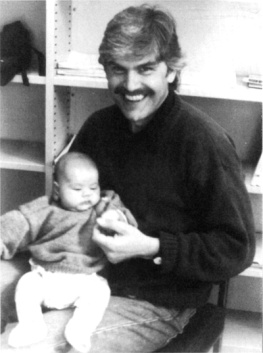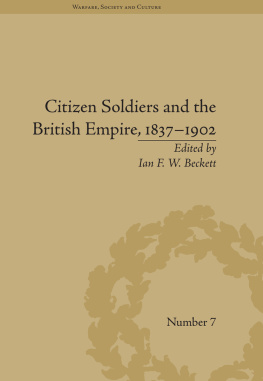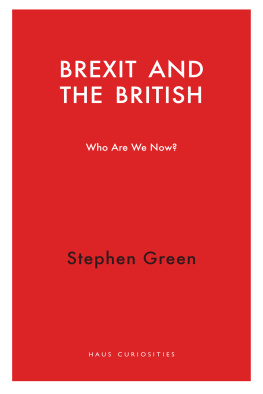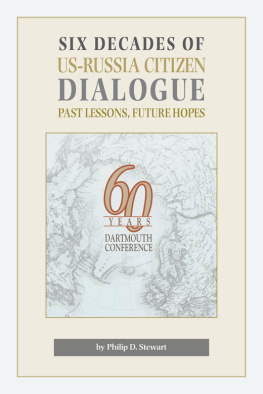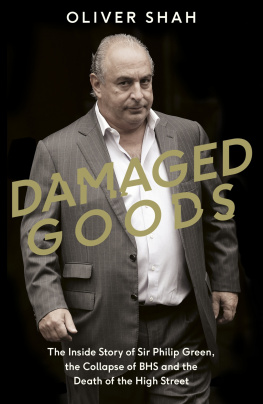
Stewart Lansley, a former economist turned television and radio journalist, is currently an executive producer at the BBC. He holds awards from the BFI, the New York Film and TV Festival and Sony and has been nominated for a documentary Emmy. His other books include After the Gold Rush and Rich Britain: The Rise and Rise of the Super-Wealthy.
Andy Forrester is a business journalist and television producer. He has won the coveted Texaco prize for industrial journalism. His last book, The Man Who Saw the Future, told the story of William Paterson, the visionary Scotsman who founded the Bank of England.
Also by Stewart Lansley and Andy Forrester:
Stewart Lansley
Poverty and Progress in Britain
Housing and Public Policy
Poor Britain (with Joanna Mack)
Beyond Our Ken (with Andy Forrester and Robin Pauley)
Councils in Conflict (with Sue Goss and Christian Wolmar)
After the Gold Rush
Rich Britain: The Rise and Rise of the New Super-Wealthy
Andy Forrester
Britain from Waterloo to the Great Exhibition (with Michael Moss)
Beyond Our Ken (with Stewart Lansley and Robin Pauley)
Sids Heroes (with Syd Joynson)
The Man Who Saw the Future: A Biography of William Paterson, Founder of the Bank of England

First published in 2005
Revised and updated in 2006
by Aurum Press Ltd, 7 Greenland Street, London NW1 0ND
This ebook edition first published in 2012
All rights reserved
Stewart Lansley and Andy Forrester, 2005, 2006
The right of Stewart Lansley and Andy Forrester to be identified as authors of this work has been asserted in accordance with Section 77 of the Copyright, Designs and Patents Act 1988.
This ebook is copyright material and must not be copied, reproduced, transferred, distributed, leased, licensed or publicly performed or used in any way except as specifically permitted in writing by the publishers, as allowed under the terms and conditions under which it was purchased or as strictly permitted by applicable copyright law. Any unauthorised distribution or use of this text may be a direct infringement of the authors and publishers rights, and those responsible may be liable in law accordingly.
E-book conversion by CPI
ISBN 978-1-84513-805-9
P hilip Green is one of the most controversial and colourful businessmen in Britain. A little over a decade ago he was a rag-trader, a mere millionaire and barely known. Today he is worth over 4.5 billion and is estimated to be Britains fifth richest person. In his climb up the wealth ladder, he has overtaken the likes of Richard Branson, the Reuben brothers and the Sainsbury family, and made his first billion in record time, faster than anyone else in British history. He then went on to quadruple his wealth in a handful of years.
Green commands a sprawling retail empire of 2,500 shops from Bhs and Burton to Miss Selfridge and Topshop. His influence is pervasive there can hardly be a chief executive in retail from Sainsburys to Woolworths that has not felt his breath at some stage in their careers. Many still glance over their shoulder in case they are next in his plans. In the summer of 2004, he burst upon the consciousness of the wider British public when he tried for a second time to seize control of Marks & Spencer the crown jewels of British retailing with an audacious takeover bid that would have cost more than 11 billion. It was one of the bloodiest takeover battles in British history, a clash of high drama marred by controversy, ill-feeling and bitter personal rivalry.
The rise of this chain-smoking and irascible entrepreneur is all the more remarkable when you consider who he is a brash outsider who has brushed with the establishment, the City and some of the biggest retailers in Britain. This is the story of how Green has moved from obscurity to fame; of how, in less than a decade, he has emerged from the shadows to become one of Britains most formidable retail takeover tycoons; of what accounts for his breathless rise to the top.
Green left school early without a qualification to his name and set out, at the age of sixteen, to make his fortune in business, only to come to grief in a number of ill-starred ventures. He then came under criticism for the way he attempted to run a public company, Amber Day, as a private fiefdom. It was only in the mid-1990s, when the memory of his controversial past was fading, that he began to display the one quality that the City values above all: the ability to make money.
The book not only explains how Green has made his money, and examines the roots of his extraordinary drive and determination; it also asks the questions that Green would prefer to be ignored. What is he really worth? How much of a transformation has he achieved at Bhs and Arcadia? Should he be let loose on M&S? Does he have a magic retail touch that sets him apart from other pioneering and contemporary retail entrepreneurs?
Despite his undoubted success, Green remains a figure who provokes strong views. There is his decision to live in Monaco with his family, an arrangement that brings huge tax benefits. There is his unpredictable behaviour and fiery temperament. He may be one of Britains most successful entrepreneurs, but he continues to divide opinion amongst bankers, retailers and the public between those who see his abrasiveness, vulgarity and expletive-strewn language as a sign of weakness, and those who consider him a man of unique talent, an iconoclast who has done more than most to lift the stuffy image of the British high street.
Many of his contemporaries and colleagues are certainly wary of him; just how wary we discovered during the research for this book. We have approached scores of people friends, former colleagues and competitors alike. Many wanted Philips permission. Yet almost from the word go, he has refused to cooperate with this project. Despite repeated requests, he eventually decided not to be interviewed.
As business journalists, we have set out to write as accurate and fair an account of Greens rise and of his record as an entrepreneur as is possible without his co-operation. We have been greatly helped by the company records filed by Green at Companies House over the years, sketchy though some of them are. Some of those we approached have refused to talk at all. Typical of the comments made were: its too sensitive; its more than my jobs worth; but I may end up working for him one day. Others have been happy to help, even some of his friends and associates. Most have preferred to do so on the understanding that we would not reveal the source. A large number, though not all, of the accounts therefore remain anonymous.
Philip Greens shadow has certainly hung over the writing of this book. It seems to have been present even during some of the interviews we have conducted. During one conversation with a leading figure in the retail industry who spoke glowingly of Greens strengths, he let it slip that he also had weaknesses. When he was asked what those were, he looked thoughtful and, with a smile, replied, I think Ill pass on that. Another interviewee was happy to give us his reminiscences of Green during a long career in the fashion business, but on one strict condition: I do not want my name to be mentioned in this book under any circumstances. One who agreed to speak warned us: I dont intend to fall out with Philip Green. Retail is a small world.


